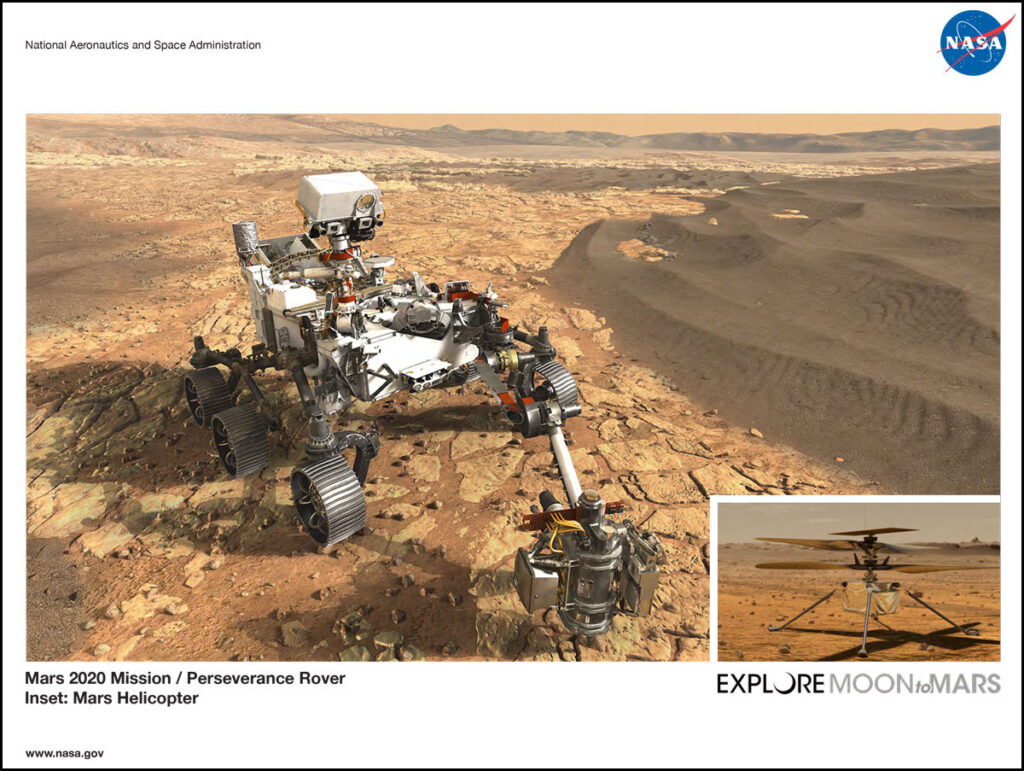Mars2020 project began to take shape in 2012, after the landing, of rover Curiosity . It took almost ten years to perfect the design, make calculations, projections, tests and finally give birth to the Perseverance rover, which landed on February 18, 2021 .
Marco Dolci , engineer and Alumnus of Politecnico di Milano, is one of the 1000 engineers, scientists and researchers who contributed to creating Perseverance, and tells us about his experience:
"From the initial draft, to being able to touch the rover with your hands and see that it works as expected ... it's like taking care of a growing child", "As parents, in his adventure we are always there for him, but follows its own path and goes far. It is a parallelism that is also valid in the retail appreciation of the little things that Perseverance does, every day. Among journalists and in society there is always a tendency to ask ourselves what his latest great discovery is; but for people who have been working there every day for almost 10 years, every step they take is a great event: behind there is the work of many people who have thought about it, who have done countless tests, who have not slept, so that that single step were possible ".

Perseverance is a kind of robotic geologist and studies the rocks and mineral properties of the Martian soil, on scales ranging from 1 m to 1 mm in size. The second objective touches on one of the great questions of astrobiology: was there ever life on Mars?
Another important task of Perseverance is the collection of samples of soil, rock and atmosphere for a possible future Mars sample return mission: the goal of which would be to be able to bring these samples back to Earth for analysis.
And finally, thinking even bigger, Perseverance is also on Mars to prepare human exploration : in fact, some specific experiments are planned that will allow us to understand if it is possible to use Martian resources to make the planet more habitable. for a possible mission with "real human beings on board".

Dolci takes care of the rover's robotic subsystem and, in particular, of the two manipulators, the external and internal robotic arm. The design is very similar to Curiosity's (a proven design helps minimize the risks) but there are some important differences. The robotic subsystem of Perseverance, designed by Dolci, is the most complex ever sent by man beyond Earth's orbit to be able to explore the solar system.
"It consists of two parts - explains the engineer - One part is the robotic arm of about 2 meters, which carries, at the end, a turret with scientific instruments for analysis and a drill to collect samples. Once the sample is collected, the arm folds towards the rover and deposits the sample in the Perseverance "belly". Inside the rover there is another robotic arm that takes the sample, inserts it into a tube, examines it and puts it in safety, with the idea of leaving it on Martian soil for a possible future recovery mission ".